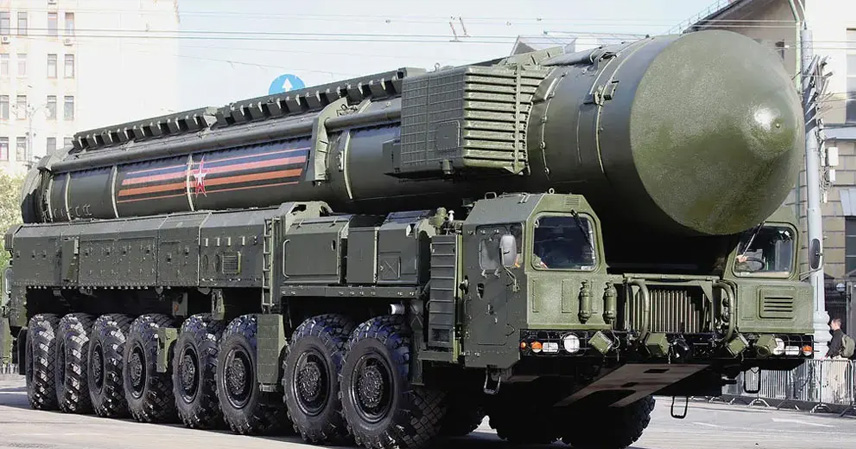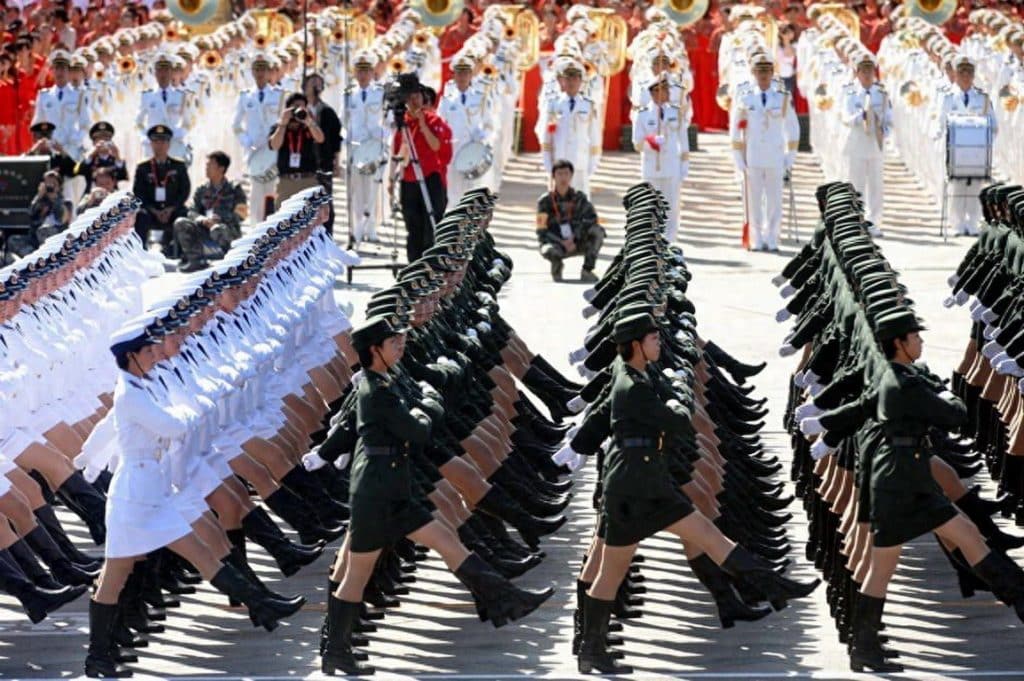Déjà Vu in Global Politics
History appears to be repeating itself. The world is witnessing a chilling echo of the 1962 Cuban Missile Crisis, only this time with hypersonic weapons and a digital-age battlefield. The key players remain the same—the United States, Russia, and Cuba—and so does the dangerous game of nuclear brinkmanship.
In early October, former U.S. President Donald Trump declared that America was preparing to deploy Tomahawk cruise missiles in Ukraine. Days later, Cuba announced its approval for Russia to station “Zircon” hypersonic missiles on its territory. For many observers, the resemblance to the Cold War standoff six decades ago is nothing short of alarming.
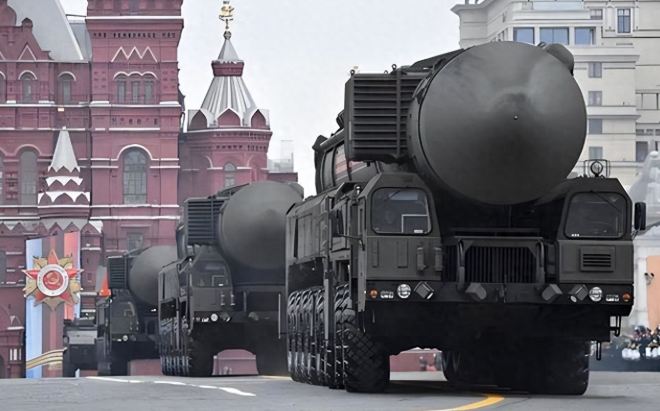
Echoes of 1962: The Same Chessboard, Different Pieces
In 1962, the United States placed nuclear-capable Jupiter missiles in Turkey and Italy, aimed directly at the Soviet Union. Moscow retaliated by secretly installing medium-range missiles in Cuba, capable of striking nearly every major U.S. city. The world teetered on the edge of nuclear war before both sides pulled back.
Now, in the 21st century, the strategic symmetry feels eerily similar. The weapons have changed, but the logic—deterrence through proximity—remains identical.
The “Zircon” Factor: A Weapon That Redefines Deterrence
The Zircon hypersonic missile, tested and used by Russia in the Ukraine conflict, travels at Mach 10—ten times the speed of sound—rendering current air defense systems practically useless. Each missile carries up to six independent warheads, capable of nuclear or conventional payloads.
What alarms Washington most is its range of 5,500 kilometers (3,400 miles). From Cuba, the entire continental United States lies within striking distance. The gap between Havana and Miami is just 370 kilometers, making Florida’s coastline a direct target zone. For the first time in decades, American soil faces the kind of immediate threat once reserved for the Soviet era.
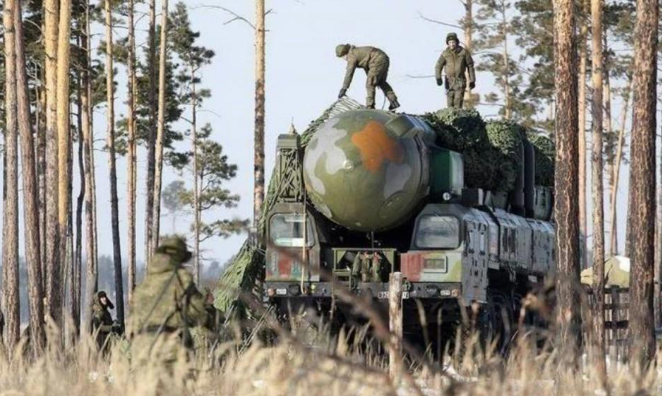
Cuba’s Gamble: High Risk, High Reward
Critics question whether Havana truly trusts Moscow after what happened in 1962, when the Soviet Union abruptly withdrew missiles under U.S. pressure—leaving Cuba isolated and facing decades of economic sanctions.
Yet, this time, Cuba’s motivations are clearer. The island has been under U.S. economic blockade for over 60 years, and its economy is desperate for foreign investment, energy supplies, and trade relief. In this context, aligning with Russia could bring access to cheap oil, gas, and military support—a lifeline for survival.
Russia, though financially strained, has energy resources in abundance. And since it’s already cut off from Western trade, trading missiles for energy influence is a deal Moscow can afford to make.
Strategic Realities and Global Implications
By hosting Russian hypersonic weapons, Cuba is taking a calculated geopolitical risk—one that could reshape power balances across the Western Hemisphere. For Moscow, it’s an elegant counterpunch: placing weapons near U.S. borders just as Washington arms Ukraine along Russia’s doorstep.
For Washington, it’s a strategic nightmare. The psychological weight of vulnerability—the same fear once felt in 1962—has returned. The U.S. now faces the uncomfortable realization that its own deterrence strategies can be mirrored with devastating precision.
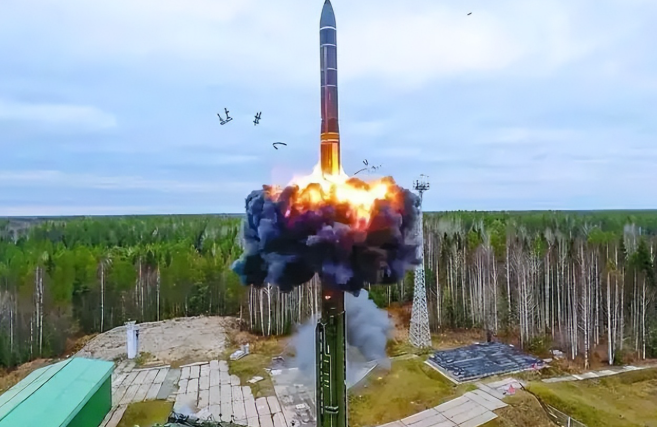
A Fragile Balance: Trust and Betrayal
The real question is whether Vladimir Putin will avoid Nikita Khrushchev’s fatal mistake—backing down under pressure. Should Moscow again retreat, Cuba’s geopolitical credibility would collapse, leaving it exposed to even harsher U.S. retaliation and economic isolation.
But if Russia stands firm, it risks a new wave of confrontation that could spiral beyond diplomatic control. In this high-stakes gamble, Cuba may have staked its survival on the assumption that this time, history will not repeat itself.
Power Speaks the Loudest
In the end, international politics still obeys the law of force. As the saying goes, what cannot be won on the battlefield cannot be gained at the negotiating table. Whether in Kyiv, Havana, or Washington, the message is the same: power defines diplomacy.
The reawakening of the Cuban Missile Crisis in the 21st century is a warning—the Cold War never truly ended; it merely evolved.
References:
- Reuters, “Cuba Approves Russian Missile Deployment Plan,” October 2025
- U.S. Defense Intelligence Brief, “Hypersonic Weapons and Strategic Stability,” 2025
- TASS News Agency, “Russia Confirms Zircon Deployment Readiness,” October 2025

